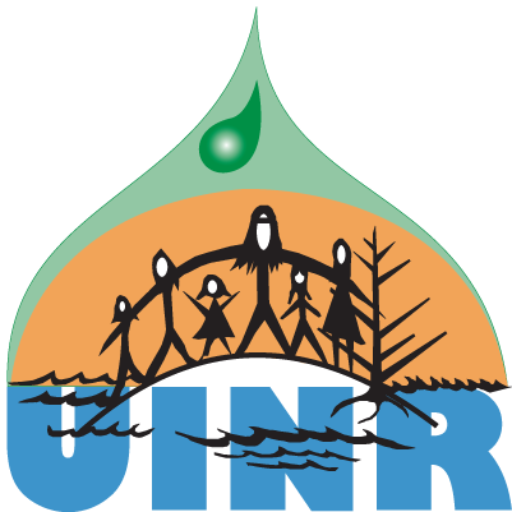 We have many neighbours: people, plants, animals and all the wonders that occupy the land and water. We share the earth’s resources (including water), often without any plan for the future that ensures our shared water resource is clean and available to all. A watershed plan focuses on water and is a tool that identifies our vision for the water that runs over and under the land, from source to tap and back to the rivers and lakes.
We have many neighbours: people, plants, animals and all the wonders that occupy the land and water. We share the earth’s resources (including water), often without any plan for the future that ensures our shared water resource is clean and available to all. A watershed plan focuses on water and is a tool that identifies our vision for the water that runs over and under the land, from source to tap and back to the rivers and lakes.
Representatives from the Centre for Indigenous Environmental Resources (CIER) visited UINR recently to talk about their plan to work with First Nations communities across Canada to help with the development of watershed plans and develop a watershed-planning tool to share across the country. First Nations have been developing watershed plans that are based on their needs, perspectives and knowledge. These plans are being used by First Nations to ensure safe and healthy First Nations’ managed watersheds.
CIER is a national, First Nations-directed environmental organization based in Winnipeg, Manitoba. It recognizes the need for Aboriginal peoples to have the capacity to solve environmental problems affecting their lands and resources. While in Cape Breton, CIER met with groups involved in watershed planning–Pitupaq, CEPI, the Eskasoni Watershed Planning Committee and the Potlotek Source Water Protection Plan. They found a strong commitment to collaboration between the municipalities and First Nations.
CIER has teamed up with leaders in the field: Hupacasath First Nation on Vancouver Island, the Mikisew Cree First Nation in Northern Alberta, and local groups in Cape Breton, UINR and the Union of Nova Scotia Indians, to develop and test a tool to assist communities in designing relevant and effective watershed plans.
In the upcoming months, CIER will be visiting other partners, discussing the ways that watershed planning is done in First Nations, and how they can transform that into a useful tool for First Nations. They will be returning to Cape Breton in the fall to share this knowledge
To learn more about this project or CIER, please visit its website at www.cier.ca.
